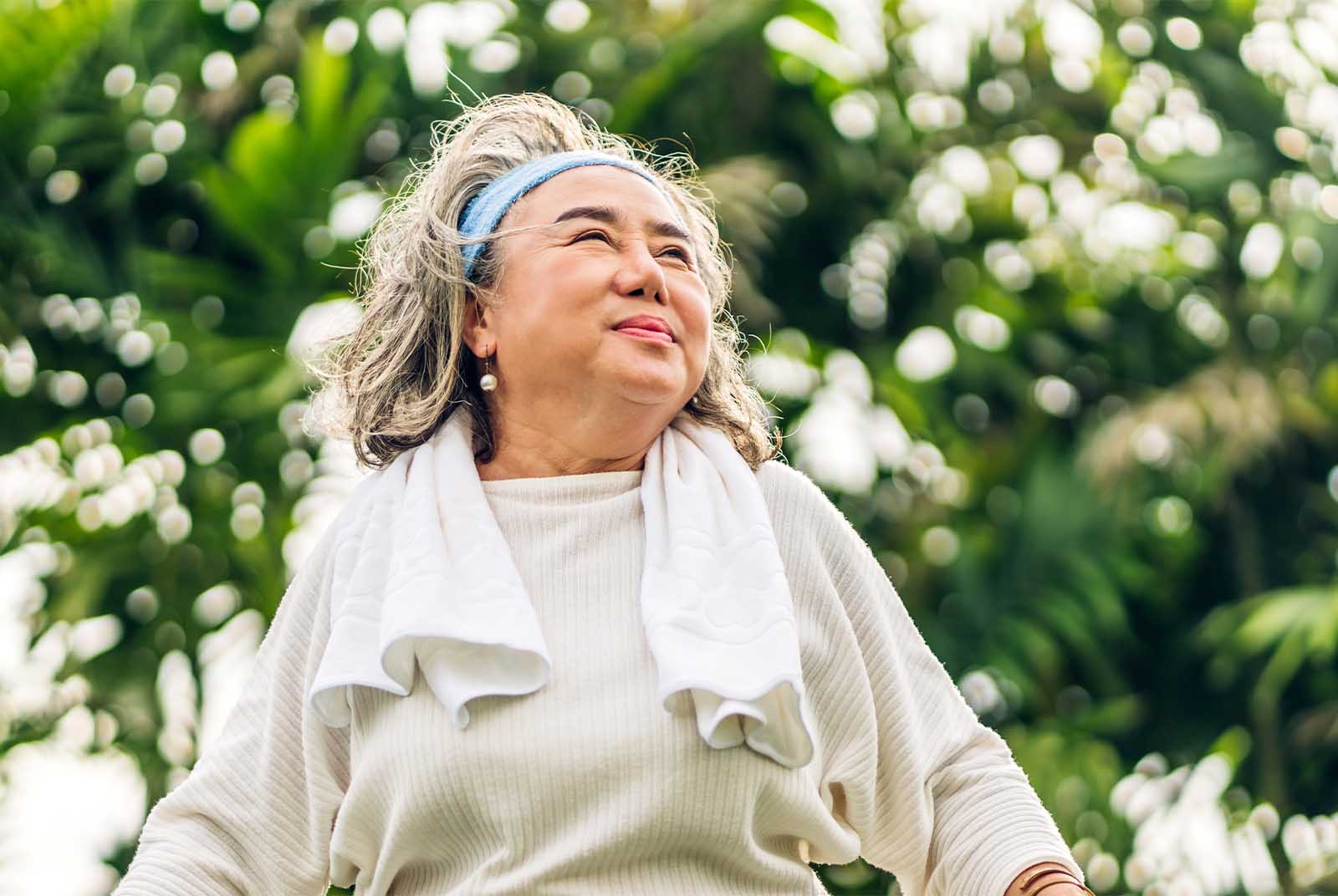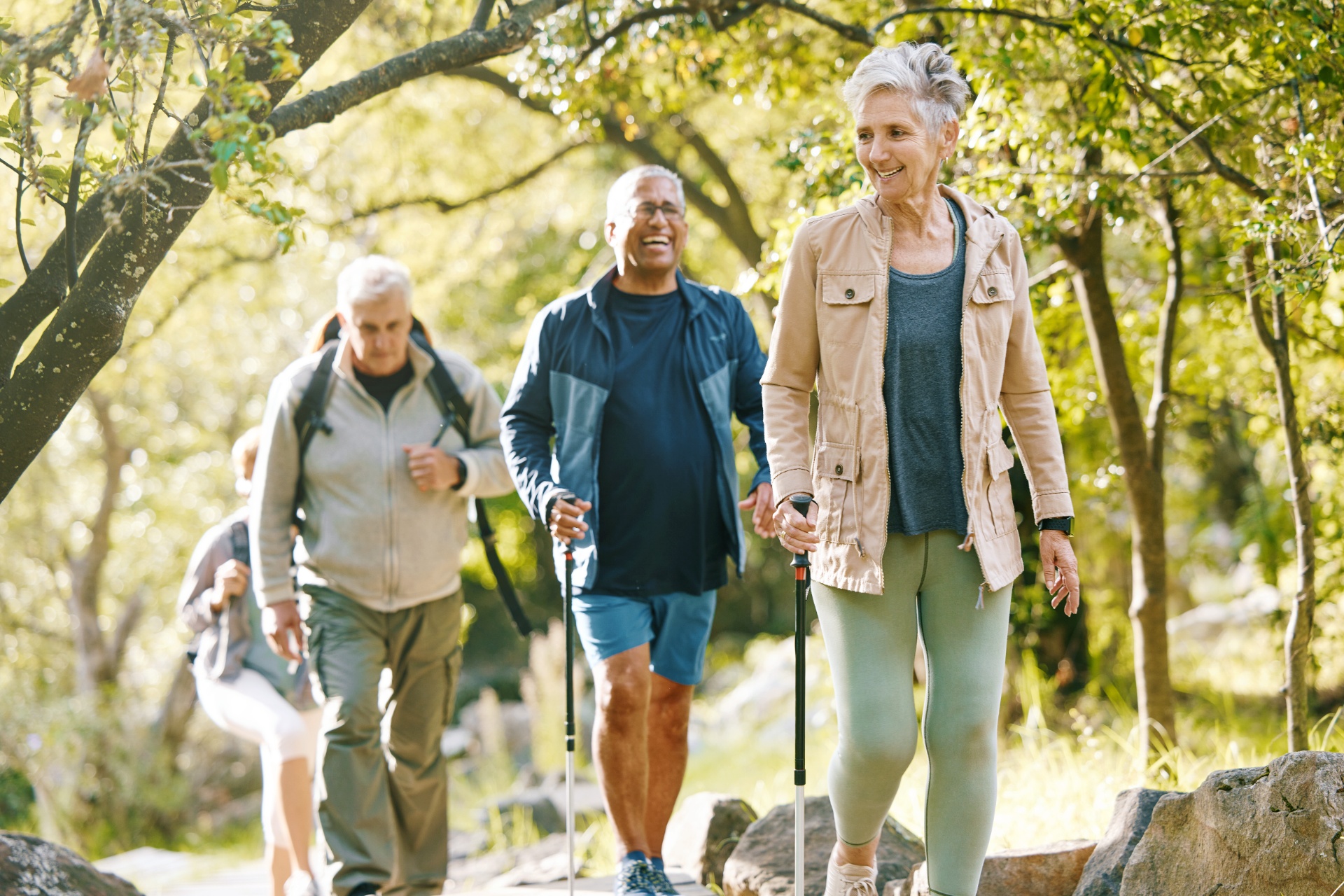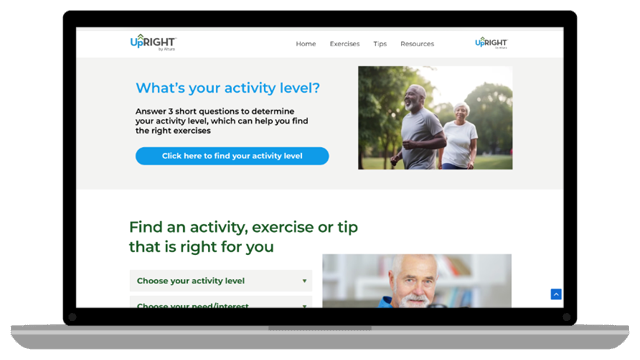The UpRight® Active Aging program has been developed with Altura’s hands-on experience supporting older adults during their healthcare journeys. This experience, coupled with an expert advisory board in the area of strength, balance, and mobility, helped create and continuously enhance practical solutions for health systems and patients. Our advisory board includes: physicians/geriatricians, physician health system leaders, pharmacists, physical therapists, and population health leaders.
The UpRight® Active Aging Approach
A proven program designed to support health systems and healthcare professionals with easy-to-use, customizable, and scalable tools and technology. Most importantly, these tools and resources can be used by patients in the comfort of their own home.
Transforming Proactive & Preventive
Engagement for Older Adults

Home-Based
Solution
A customizable solution that supports patients at home in between clinic visits

Increased Patient Loyalty
Helping patients do what matters most enhances satisfaction and health

Reduced Utilization & Costs
Data shows lower ED/ER fall visits and patient reported falls

Improved Quality Measures
Ability to impact STAR & other quality measures to support better health & performance
“The >65 population will continue to grow at a significant rate which creates more pressure for health systems to proactively address mobility and fall risk. By supporting Older Adults to increase their physical fitness (health benefits & reduced fall risk) in a competitive environment that is driven by value-based reimbursement and measures, health systems can also drive both loyalty and quality related performance (e.g. STAR).”
Steven Castle, MD
Clinical Professor of Geriatric Medicine at UCLA
Clinical Director of Geriatrics at the VA Greater Los Angeles
UpRight®
Active Aging Program
Patient-Centered and Expert Driven for Results
- Health systems choose level of resources to match
need and budget. - Easy start-up with no integration or staffing needs.
- Scalable to address growth.
- Flexible to focus on rising and high-risk cohorts.
- Easy access from home in between clinic visits.
- Mobility level (level 1, 2, or 3) and need specific exercises and education designed to address what matters most to individual patients (increases engagement).
- Validated, risk-stratified assessments that support
relevant and timely interventions.




